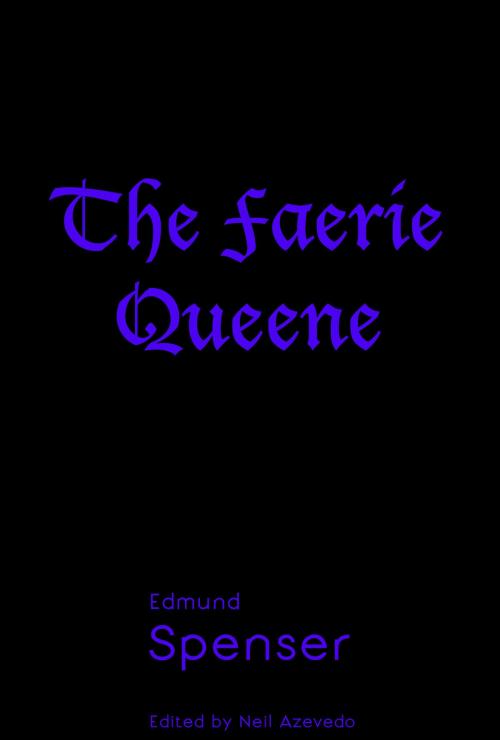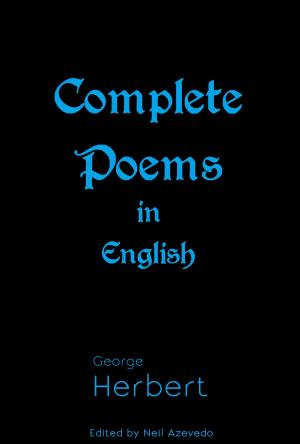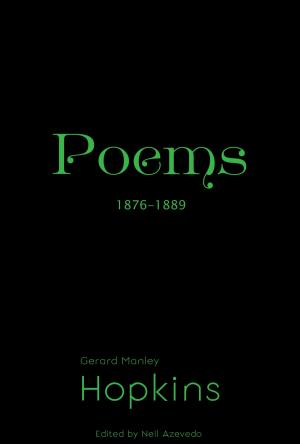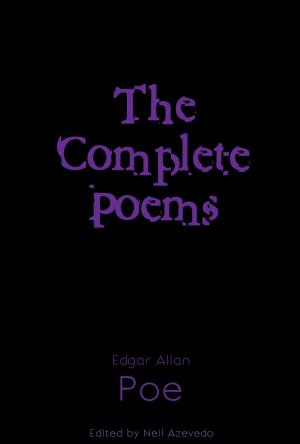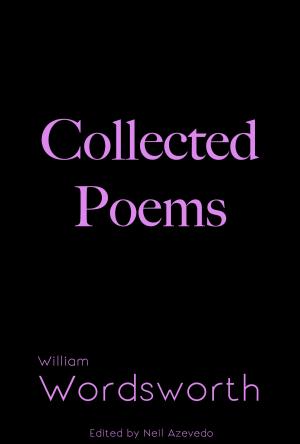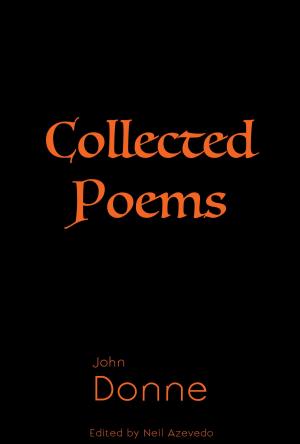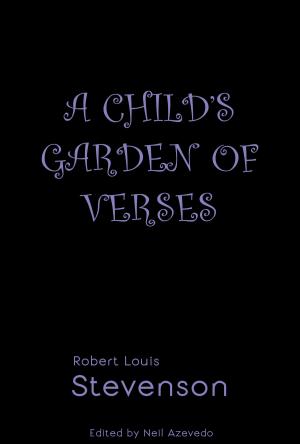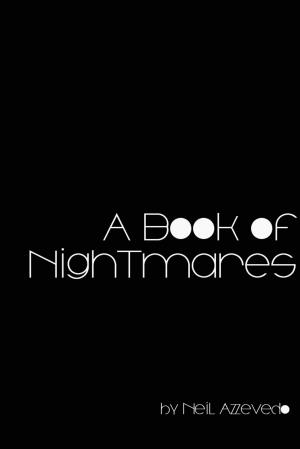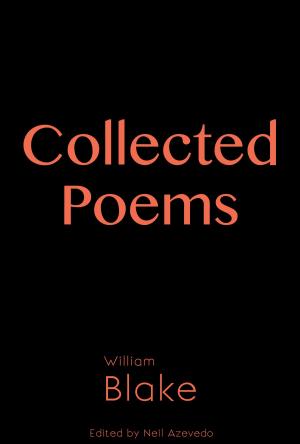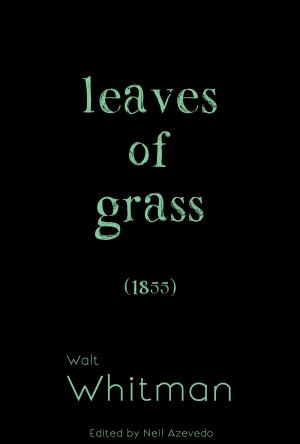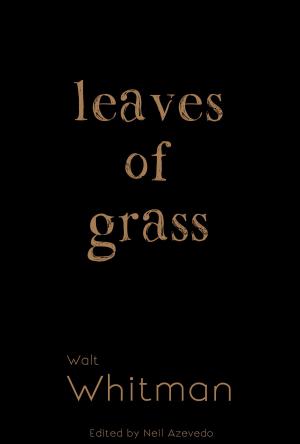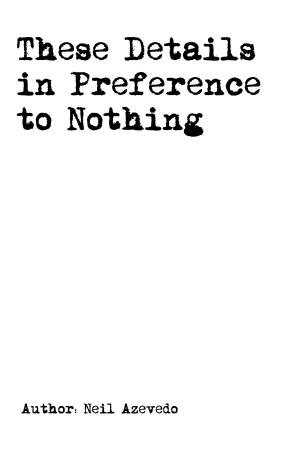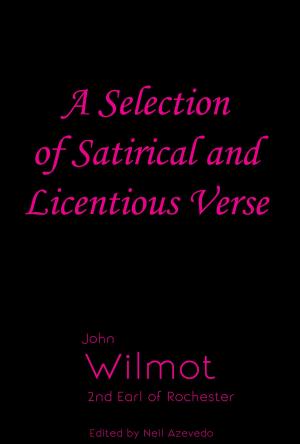| Author: | Edmund Spenser, Neil Azevedo | ISBN: | 9781932023626 |
| Publisher: | William Ralph Press | Publication: | February 8, 2016 |
| Imprint: | Language: | English |
| Author: | Edmund Spenser, Neil Azevedo |
| ISBN: | 9781932023626 |
| Publisher: | William Ralph Press |
| Publication: | February 8, 2016 |
| Imprint: | |
| Language: | English |
Edmund Spenser (1552?-1599) was an English Renaissance poet often considered to be the foremost poet of his time by many of his contemporaries. His early career, much like Virgil's, was spent writing pastoral and elegiac verse, but The Faerie Queene is his masterpiece, an unfinished allegorical epic intended to depict Aristotle's twelve moral virtues (twelve also being the number of books subsequently divided into twelve cantos for a proper epic), though he was only able to finish six. The poem is written entirely in what has come to be known as the Spenserian stanza: nine lines, eight of iambic pentameter followed by one of iambic hexameter rhyming ababbcbcc. The fairy queen, Gloriana, represents the glory of heaven and Queen Elizabeth I simultaneously. She is holding her twelve-day feast, each day of which the adventures in the twelve books were to take place, though in keeping with the epic tradition the first book does not begin at the beginning of the first day, but in medias res with the Red Cross Knight already on his adventure. Subsequently each book is meant to portray—in the embodiment of its corresponding knight—one of the moral virtues, which would have been brought together in the person of Prince Arthur who would unify them in perfection. The genius of Spenser is in the complexity he achieves in his allegorical construct, and in the shades of moral ambiguity he reveals in the action of his characters while keeping the enormity of his project well-structured and, more impressively, immediate, mostly through his deft use of the form he created, which gives structure and order to his narrative. Ultimately it is a story about a spiritual journey and one's quest for salvation, and how one's choices and refusals along the way affects that.
Edmund Spenser (1552?-1599) was an English Renaissance poet often considered to be the foremost poet of his time by many of his contemporaries. His early career, much like Virgil's, was spent writing pastoral and elegiac verse, but The Faerie Queene is his masterpiece, an unfinished allegorical epic intended to depict Aristotle's twelve moral virtues (twelve also being the number of books subsequently divided into twelve cantos for a proper epic), though he was only able to finish six. The poem is written entirely in what has come to be known as the Spenserian stanza: nine lines, eight of iambic pentameter followed by one of iambic hexameter rhyming ababbcbcc. The fairy queen, Gloriana, represents the glory of heaven and Queen Elizabeth I simultaneously. She is holding her twelve-day feast, each day of which the adventures in the twelve books were to take place, though in keeping with the epic tradition the first book does not begin at the beginning of the first day, but in medias res with the Red Cross Knight already on his adventure. Subsequently each book is meant to portray—in the embodiment of its corresponding knight—one of the moral virtues, which would have been brought together in the person of Prince Arthur who would unify them in perfection. The genius of Spenser is in the complexity he achieves in his allegorical construct, and in the shades of moral ambiguity he reveals in the action of his characters while keeping the enormity of his project well-structured and, more impressively, immediate, mostly through his deft use of the form he created, which gives structure and order to his narrative. Ultimately it is a story about a spiritual journey and one's quest for salvation, and how one's choices and refusals along the way affects that.
